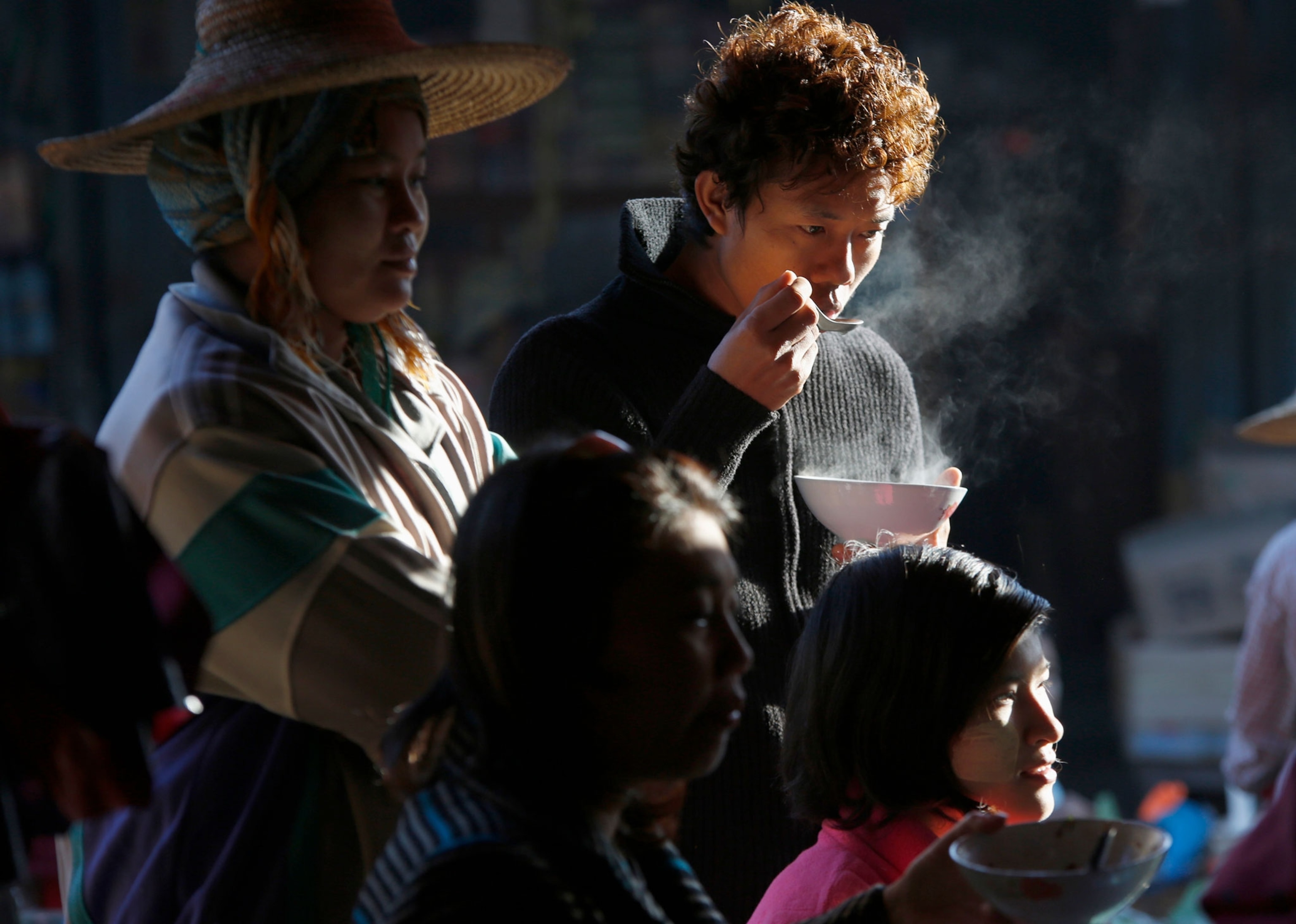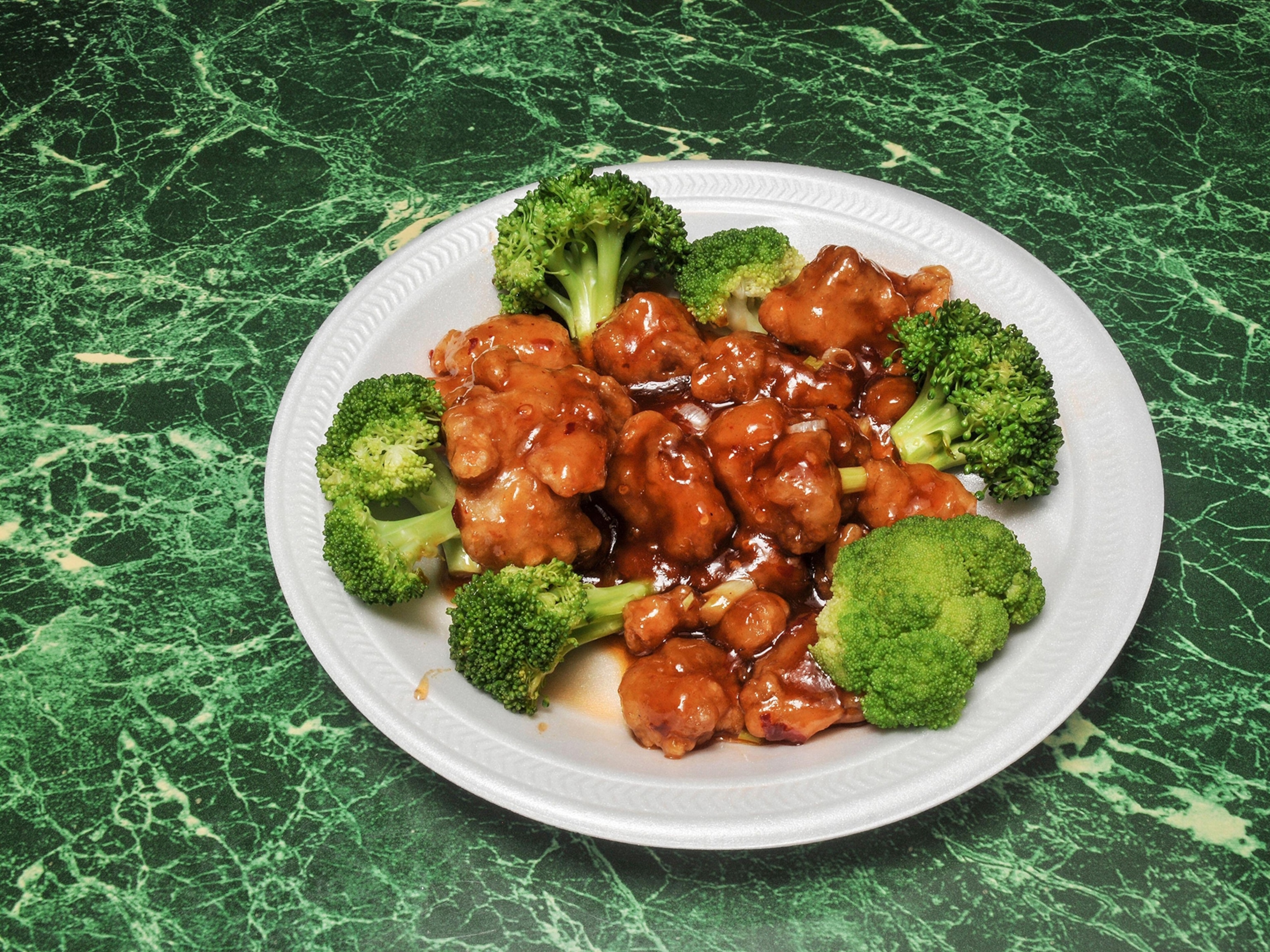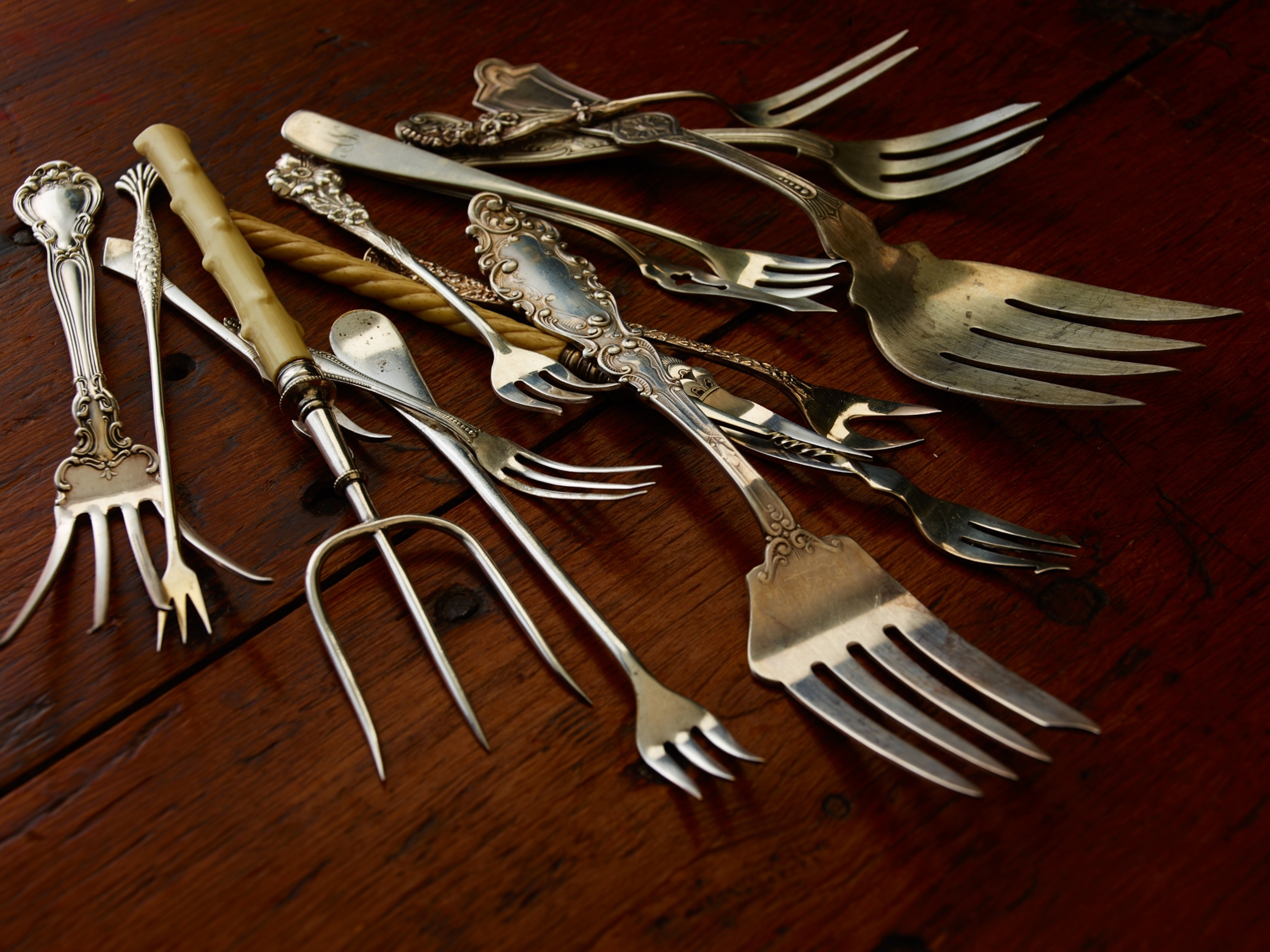
These traditional Burmese noodles take a week and 18 intricate steps to make
A bowl of mont di in Myanmar powers a walk across the planet—and memories of a pre-pandemic world of communal eating.
SAGAING, MYANMAR — Looking back on the plague year of 2020, it is painful to measure our losses.
The COVID-19 pandemic has infected more than 76 million people globally and swept away an incomprehensible 1.7 million lives. Economies have tottered. In places, the virus has exposed hidden cracks in our civic life, inducing fevers of conspiracy, selfishness, chaos, and science denialism. And yet, it is often the less tangible human costs that weigh heavily on most of us. The defeat of conversations mediated via computer screen. The hollowness that comes from long absences of touch. And, perhaps especially, the silence of dinner-table quarantines: That thwarting of an old ritual of breaking bread together, particularly during this end-of-year holiday season, cruelly afflicts the most social of animals.
For more than seven years, I have been walking across the globe, rediscovering our planet at boot level. It is no exaggeration to say that food has been the primordial bridge to humanity along my journey’s 24,000-mile route from Africa to South America. Without the metabolic and emotional fuel of thousands of shared meals in every conceivable setting, from hobo camps in Turkey to prince’s tents in Saudi Arabia, I would not have survived this far.
So it is no surprise that I recall with profound longing those last footloose bowls of mont di, rice noodles, consumed trailside in northern Myanmar, the now locked-down nation where COVID paused my walk in March.
Mont di is more than a noodle.
As daal is to India, kebab is to Turkey, and BBQ is to America, so mont di is to Myanmar: a dish that is hailed as a national treasure, yet loyal to regional tastes. Mont di reflects the ingredients of Myanmar’s local landscapes. It hews to the palate of place. In the country’s maritime south, cooks use fish or eels as the noodles’ protein base. In Yangon, as is their preference, the people douse their mont di with oil. The landlocked Mandalay version, in the north, is meat based: Chicken is often the garnish, atop a sauce that jolts the taste buds with garlic, onion, chilies, and turmeric. This last incarnation was my coveted brand.
“It’s healthy and gives your energy,” said Cho Cho Myint, 52, a mont di seller whose roadside eatery in the town of Sagaing, hard by the Irrawaddy River, was shaded by an ancient teak. “I have been serving mine to the same customers for 15 years.”
Myint said the secret to the best mont di is freshness.
The rice vermicelli sours quickly in Myanmar’s subtropical heat. You must buy the noodles daily. The quality sources are in villages, where the boiled rice is ground by hand. Machine-milled noodles are soft, gloopy. Rice paste hammered in sandstone mortars, using muscle power, renders noodles of true substance, with backbone.
At a hamlet nine miles from Myint’s curbside sanctuary of starch (an open-air manner of eating that COVID has revived in the rich, global North), such noodles can be found.
Ma Yin, 53, has been hand-making mont di all her life. Her mother made it. So did her grandma.
“All my neighbors have given up the mont di business,” Yin admitted. “It’s a tiring job with little income.”
Indeed, the process of rendering the raw rice into glistening filaments of noodles requires 18 separate steps. This transformation spans most of a laborious week, involving days of rice soaking, cooking, pounding, and kneading. At one stage, mont di’s raw material looked like cottony merengue. At another, it was hand-smoothed into very large, polished balls of whiteness that conjured dinosaur eggs. The key to success, Yin said, was the boiling time, “not too long, not too short.” She lost me there. It was complicated.

“Most people have no idea how much work goes into making mont di,” Yin said, without complaint. She was a no-nonsense woman of immense energy. “They just eat it.”
This was before the Myanmar government shuttered roadside eating establishments, to slow the spread of the novel coronavirus. Yin had worried about the future back then. Five other family members depended on her backyard noodle workshop. Now, she doesn’t answer her phone when I call.
I plan to visit Yin’s village again before my trek restarts. It seems important, when the plague recedes, to reclaim this human bond through the sacrament of food. I’ll know Yin is alright by the thump of her foot-powered rice mill. It can be heard, like a big wooden heart, from very far away.





